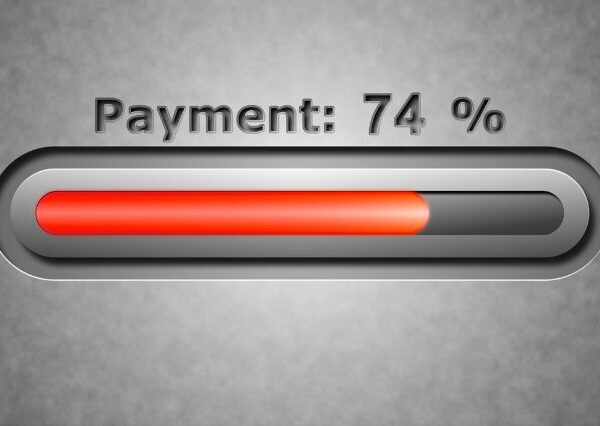In today’s digital age, there’s a surge of interest in digital art. From illustrators to graphic designers, the digital realm offers vast potential to those with a creative spark. Fortunately, to commence this digital journey, one doesn’t need to make a dent in their wallet.
A host of free drawing software options are available, providing a platform for budding artists to explore, create, and innovate. Such tools, coupled with a device like XPPen, can truly elevate the experience, bridging the gap between imagination and reality.
Delving into the realm of digital art requires meticulous preparation, much like a diver ensuring they have the right equipment before exploring the deep sea. Essential to this preparation is choosing the appropriate digital tools.
Among the array of free software options available, Krita and GIMP stand out. They are not just user-friendly for novices but also encompass advanced features that seasoned professionals seek. From an extensive range of brushes to intricate layering techniques and adaptable settings, these software offerings are on par with pricier alternatives.
Transitioning from still illustrations to dynamic visuals? You’re in luck! Various free animation software choices can help manifest your visions into motion. Programs such as Pencil2D and Blender, allow users to craft both 2D and 3D animations.
These platforms might have a learning curve, but they provide a plethora of tutorials to guide novices through the animation process. It’s remarkable how with just a bit of patience, dedication, and the right software, one can bring characters and stories to life.
Despite the abundance of tools available, the software is just a means to an end. The true essence of digital art lies in the artist’s vision, passion, and technique. Still, the journey is made significantly easier with access to quality free resources.
Platforms like DeviantArt and Behance can serve as inspiration. Moreover, joining online communities of digital artists can offer feedback, insights, and collaborations.
Selecting a suitable software and device, is akin to choosing the right canvas and brush for traditional art. While they don’t define the art, they certainly impact the ease of creation. Beginners must invest time in understanding the tools at their disposal.
Tutorials, online courses, and webinars can be invaluable. With platforms like YouTube brimming with step-by-step guides, mastering the intricacies of any free drawing or animation software becomes a less daunting task.
Taking the first steps in digital drawing might be overwhelming, not just in terms of software but also in terms of gear. While devices are great starting places, various digital tablets with different sizes, pressures, and features can enhance or simplify the experience according to the user’s demands.
Professionals, for example, may prefer tablets with higher pressure sensitivity and multitouch capabilities, whilst hobbyists may prefer more basic, low-cost choices. It is critical to conduct research and choose a device that meets individual needs and is compatible with the software of choice.
The advent of digital art has also given birth to new forms of expression, like augmented reality (AR) and virtual reality (VR) art. Artists may now create immersive experiences by bringing their works to life in three dimensions. Users can paint in 3D space within a VR environment using software such as Google’s Tilt Brush.
Consider constructing a piece of art that viewers can walk around or engage with. Such advancements are not only altering creative forms but also broadening the horizons of artists, making the craft more interesting and interactive.
Additionally, as the digital art community grows, so do the prospects for income and professional advancement. Artists can receive direct support from their followers through platforms such as Patreon. Artists can sell prints, digital materials, and even tutorials through digital markets like ArtStation and Gumroad.
Mastering digital drawing and animation software becomes a useful skill set for anyone trying to enter industries such as gaming, movies, or advertising, with organizations always in search of fresh talent and creative viewpoints.
To summarize, the world of digital art is vast and ever-changing. With a plethora of hardware possibilities and unique software alternatives that go beyond drawing and animation, artists have unparalleled opportunities to explore.
The digital era is certainly a renaissance period for artists, from the immersive realm of VR art to the enticing promises of professional progress. When combined with the readily available tools and materials, there has never been a better time to embark on a digital artistic adventure.






